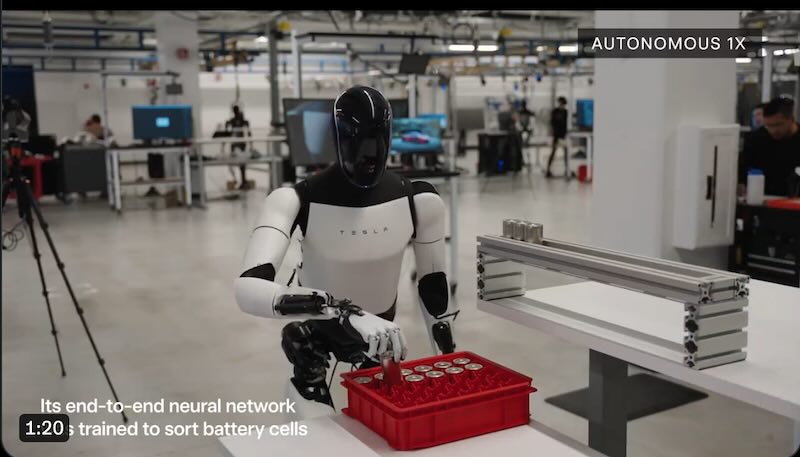The race to create robotic hands that can match human capabilities is transforming from a niche research pursuit into a technological imperative. While humans rarely think twice about the complexity packed into their palms, the reality is striking: our hands accomplish over half of our movement-related tasks despite making up less than 1% of our body weight.
Industrial robotics has long relied on simplified hand designs with 12 degrees of freedom, prioritizing reliability over versatility. But as robots move beyond factory floors into our homes and healthcare settings, this limitation becomes increasingly apparent. The gap between industrial functionality and human-like dexterity isn’t just about numbers – it’s about reimagining how artificial hands can operate in unpredictable environments.
Modern humanoid roboticists face a fascinating paradox. Despite advances in materials and control systems, even the most sophisticated robotic hands struggle with tasks that toddlers master effortlessly. Opening a bottle, flipping through pages, or manipulating chopsticks demand a level of coordination that highlights the remarkable sophistication of human hand design.
Research shows that achieving human-like functionality requires at least 19 degrees of freedom – and preferably 23. This isn’t arbitrary complexity; each degree represents essential movement capabilities that enable everything from surgical precision to artistic expression.
Tesla’s push toward 22 DOF represents a dramatic leap forward, published patent details their innovative systems and methods for building a robotic hand and cable-driven fingers configured to mimic human hands and fingers with unprecedented realism, could be a game-changer for humanoid robots like Tesla’s Optimus.
Current robotic systems excel at power-based tasks, like gripping pipes or lifting boxes. However, the real challenge lies in precision movements. Writing with a pen or picking up a single pill demands not just mechanical accuracy but also dynamic adaptation to changing conditions.
Perhaps nothing better illustrates the challenge than smartphone interaction. This seemingly simple task combines multiple grasp types with real-time pressure adjustment and complex spatial awareness. It’s become an unofficial benchmark for evaluating robotic hand sophistication.
The next generation of robotic hands isn’t just about mimicking human anatomy – it’s about understanding the underlying principles that make our hands so remarkably adaptable. As we push beyond rule-based approaches, machine learning and advanced materials are opening new possibilities for hand design that might even surpass human capabilities in specific applications.
Just as the human hand revolutionized our species’ development, robotic hands are poised to transform how machines interact with our world.
Related Post
Tesla Optimus Robot: Video Showing Off New Hand With 22 Degrees of Freedom
Physical AI Robots Revolution: How Tech Giants Will Transform Humanoid Robotics
OpenAI Enters Robotics Hardware Market with Strategic Hire and Engineering Team Expansion
